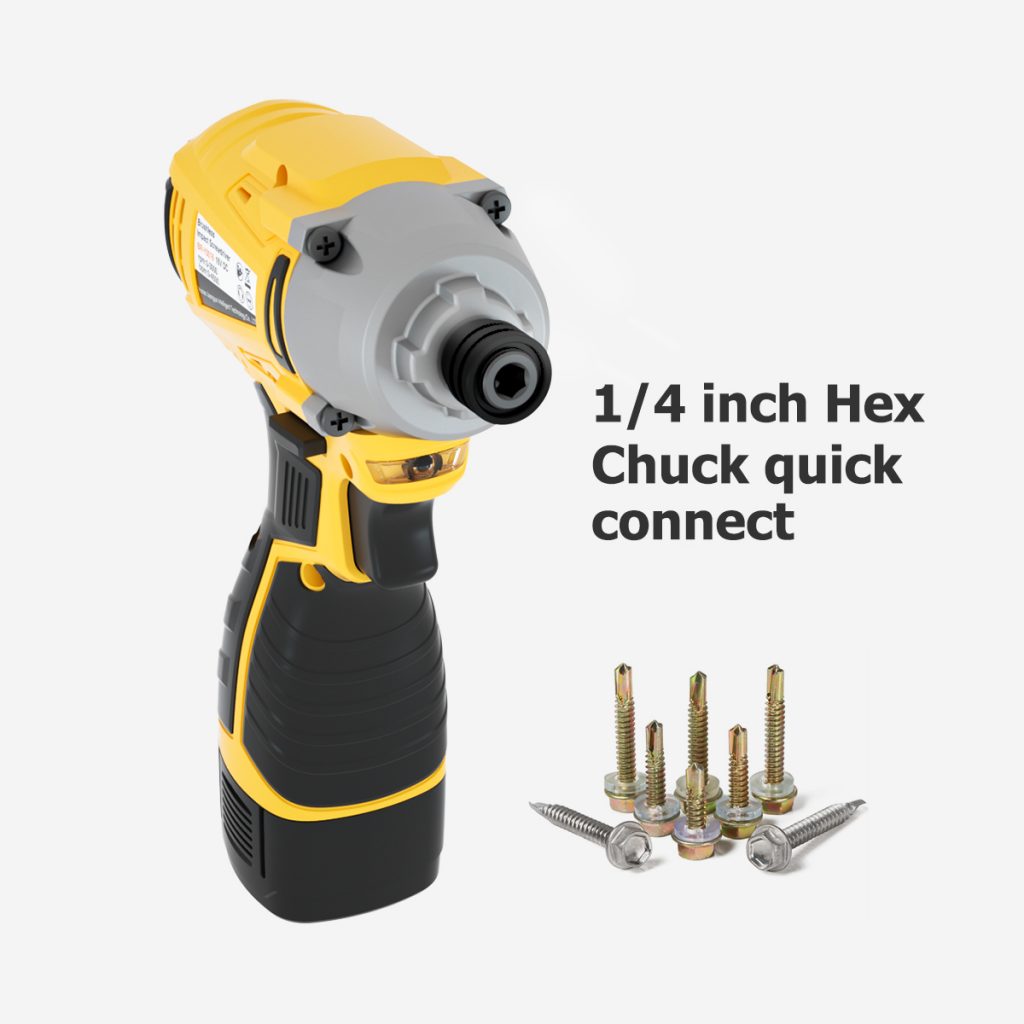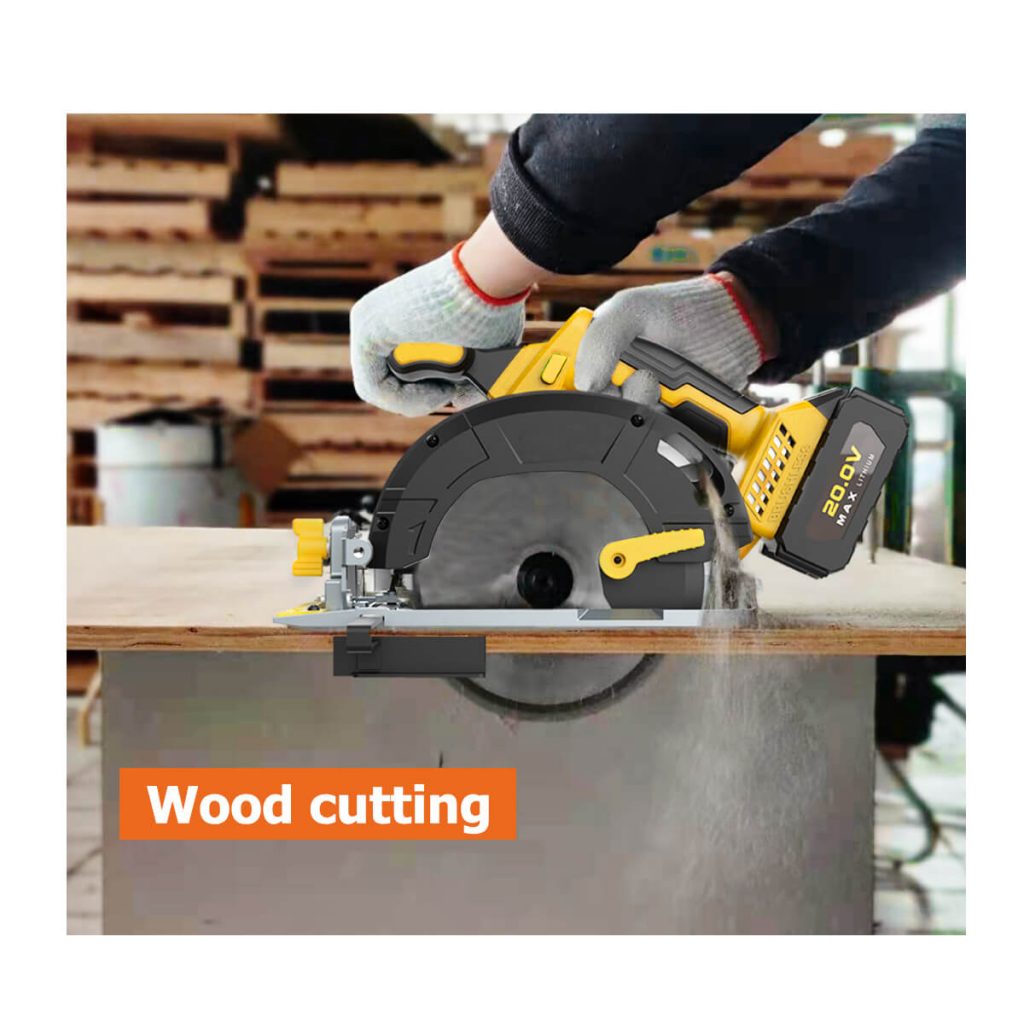By Broto Tool

Managers specifying power tools for technicians might assume that tools are similar and likely to function about the same. There are major differences among power tools, and one important difference lies in their features and functions. These elements make a major difference in achieving productivity goals: quality, quantity, safety, timeliness, and cost.
One example involves features and functions for fastener assembly using low- versus high-productivity methods. One low-productivity method to insert a wood screw is starting a hole with the tip of the screw, then driving the screw with a hand screwdriver.
The higher-productivity method is hand-drilling a pilot hole, then using a screwdriver to insert the screw, or using a one-chuck power drill to drill the hole and a driver to fasten the screw. The technician achieves highest productivity using a two-chuck, quick-switching combination on the same tool to drill the pilot hole and drive the screw.
The latter method is four times faster than the manual method and twice as fast as using separate drill-and-drive steps with one chuck. Therefore, it requires one-fourth of the labor cost of the first method at the same pay rate. Add to this the savings in setup time of a standard, one-size-fits-all hex chuck, cordless drill compared to a screwed chuck, corded drill and the productivity improvement is even better – very little setup time and 400 percent faster with the two-chuck than the manual screwdriver method.

Portable power saws have become workhorses of many maintenance departments. They perform a variety of tasks and come in a number of different styles: circular, reciprocating, miter, band, and chain.
Managers first should take a close look at saws’ shared features — power capacity, weight, corded or cordless, ergonomics, and safety. If all of a department’s power tools are the same make and powered by a common battery pack, technicians will need only one charger and a few battery packs to power all tools.
Depending on the work technicians will do, other common considerations include: weight; cut depth and width at 90 degrees; a long battery run time and short charge time; power management; a brushless motor for longer motor life; training; and warranty duration, inclusions, and exclusions.
Circular saw features to consider include:
• Weight. A 4½-inch-diameter saw weighs one-half as much as 7¼-inch-diameter model and still can make a 2-inch cut in one stroke.
• Blades. Thin blades reduce load, deliver higher-speed performance, and reduce cut time. A left-sided blade provides higher visibility and is safer.
• Quick depth and bevel adjustments.
• Ergonomic grips. They provide balance, grip for comfort and power, and better control with two-handed gripping.
• Power capacity. It has to meet job needs from 4 to 17 amps and voltage selection with an eye to available power sources. Doubling the voltage to 220 volts (V) from 110 V halves the amp draw, reducing power cost proportionately.
For more information, please contact us by info@brototools.com
